Maintaining your wooden cutting board is essential, especially for kitchen professionals relying on their tools daily. This overlooks two primary factors: hygiene and board longevity. Have you ever considered crafting your own cutting board butter? If you're asking 'how to make cutting board butter', this guide will take you through every detail, making it easier than ever for professionals and enthusiasts alike to protect their boards.
Seasoning your board with cutting board butter improves its durability and ensures it remains free of cracks, warping, and stains. Many kitchen professionals purchase over-the-counter solutions, but homemade butter can be just as effective and cost-efficient. Plus, it's satisfying to know exactly what goes into the care of your tool.
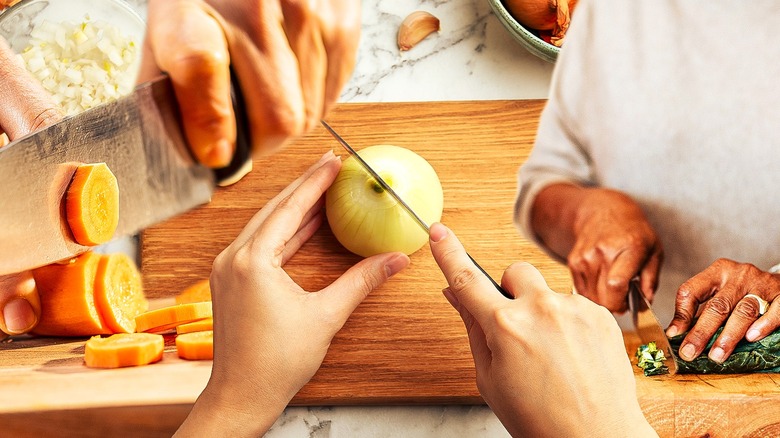
What is Cutting Board Butter?
Cutting board butter is a rich mix of food-safe oils and waxes designed to create a protective barrier over wooden surfaces. Commonly, people use it for both maintenance and restoration purposes. This luxurious DIY blend seals your board and protects it from moisture penetration, ensuring a glossy surface thats safe for food prep.
Interested in learning how pro chefs keep their cutting boards pristine? Check out this quick guide to wood board cleaning essentials!
Why Should Professionals Use Cutting Board Butter?
Whether youre crushing garlic or chopping onions, your cutting board faces a lot of wear and tear. Proper care isnt optionalits mandatory!
- Sealing End Grains: Wood boards, especially end-grain versions, are prone to absorbing liquid. Buttering significantly reduces this.
- Improved Hygiene: A sealed cutting board minimizes the chance of absorbing meat juices or bacterial contamination. Learn more about food safety from cutting board safety guidelines.
- Gloss and Resilience: Nothing beats the sleek, polished look of a buttered board gracing your gourmet workspace.
If this interests you, read how wooden boards build their strength and resilience over time in this detailed seasoning guide.
Essential Ingredients for Homemade Cutting Board Butter
Crafting your own cutting board butter doesn't require an advanced chemistry degree! Heres exactly what youll need:
- Beeswax: It creates the crucial wax barrier that locks in hydration and protects your board.
- Food-Grade Mineral Oil: Unlike vegetable oils, which turn rancid, this is immaculately stable and safe for wooden surfaces.
For extra flair, explore the option of adding refreshing scents like lemon essential oil (food-safe) for that extra touch of professionalism.
Step-by-Step Guide: How to Make Cutting Board Butter
Lets cut to the chase:
- Melt the Beeswax: Grate a block of beeswax for faster melting. Heat it slowly until it's entirely liquified.
- Add the Mineral Oil: Gradually pour in while stirring50% beeswax and 50% mineral oil is an ideal ratio.
- Mix Thoroughly: Blend until the mixture becomes creamy and uniform.
- Cool the Mixture: Pour the butter into heat-safe containers and let it set at room temperature.
- Apply as Needed!
Want more pro tips? Professional kitchens follow specific practices for using cutting boards. A quick recap on the right board selection by color can resource your kitchen better.
Storage Tips for DIY Cutting Board Butter
Store your cutting board butter in a tightly sealed container, away from moisture and drafts. A clean, dry drawer works perfectly for longevity that spans months.
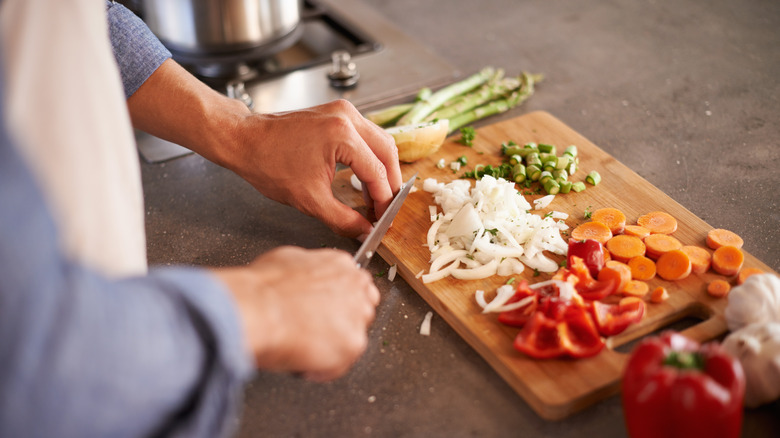
FAQs: Answers to Common Queries
How often should I apply butter?
Apply cutting board butter every few weeks based on your cutting board's usage frequency and wear.
Can I substitute beeswax?
Candelilla wax works for vegan options; ensure food-grade labels for substitutes.
Where can I buy mineral oil?
Purchase online or from health and cookware stores; verify it's food-grade mineral oil.
Enhance your kitchen skills with other advanced guides at Culina Cooks blog.
This article contains affiliate links. We may earn a commission at no extra cost to you.

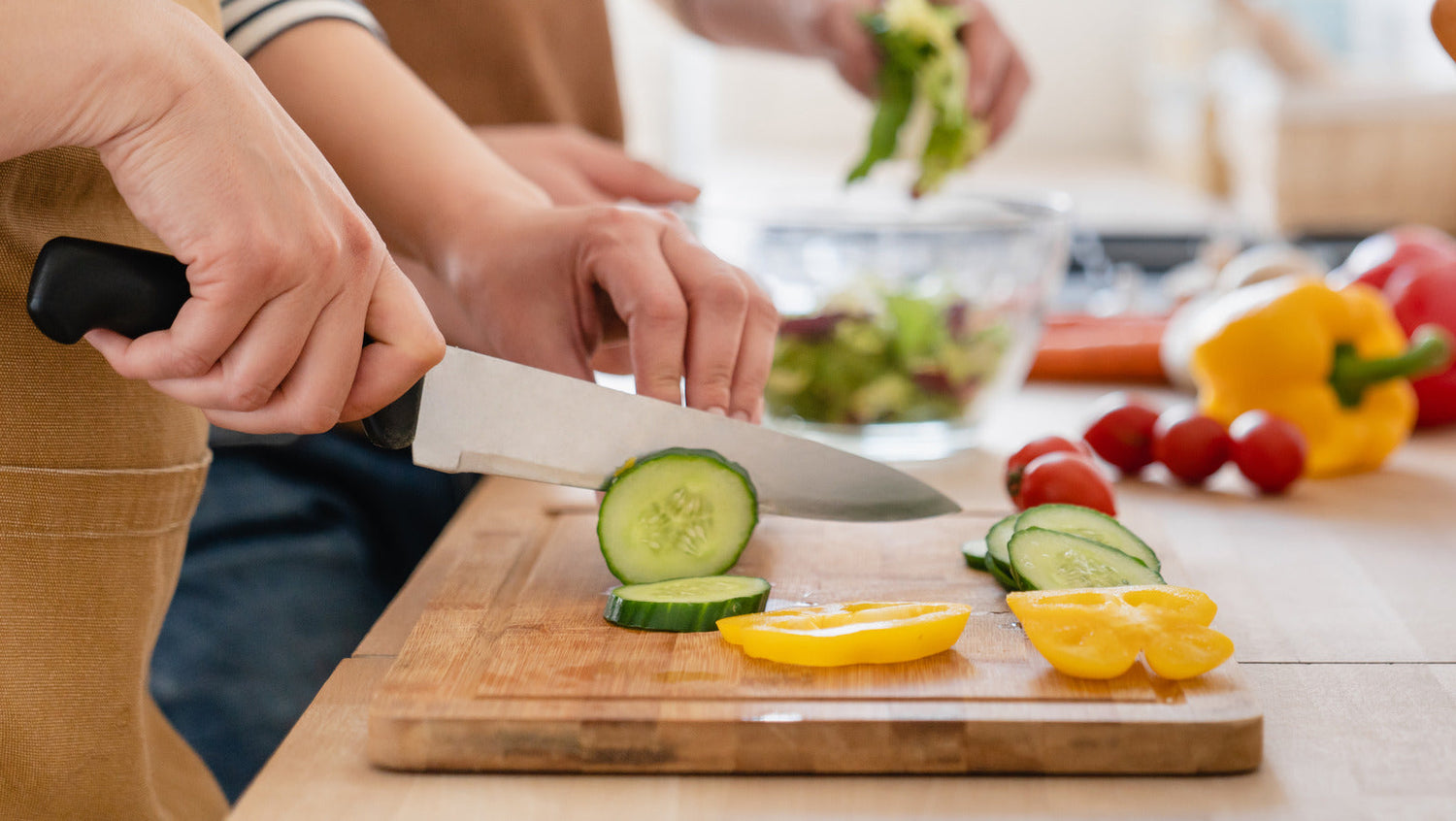


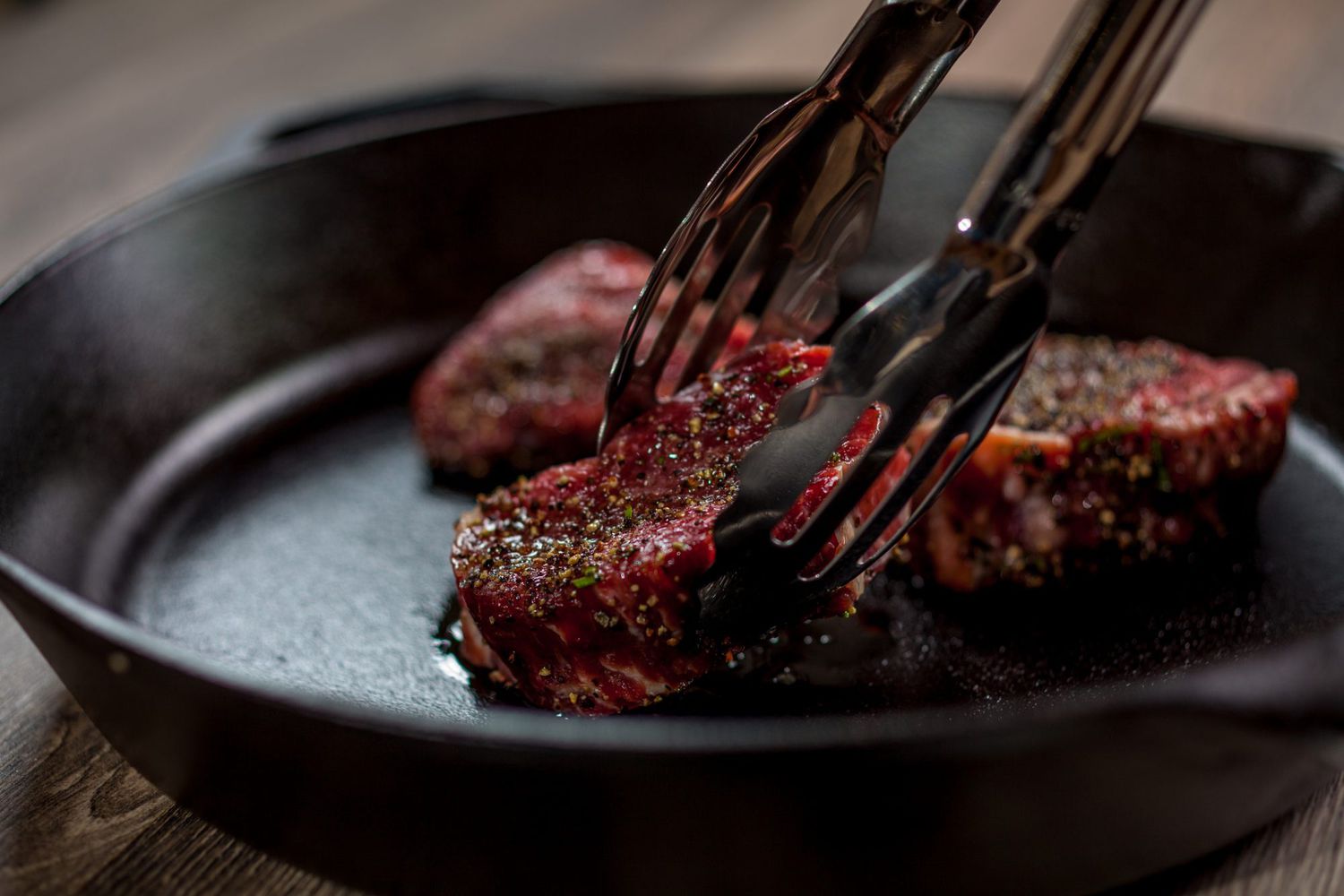
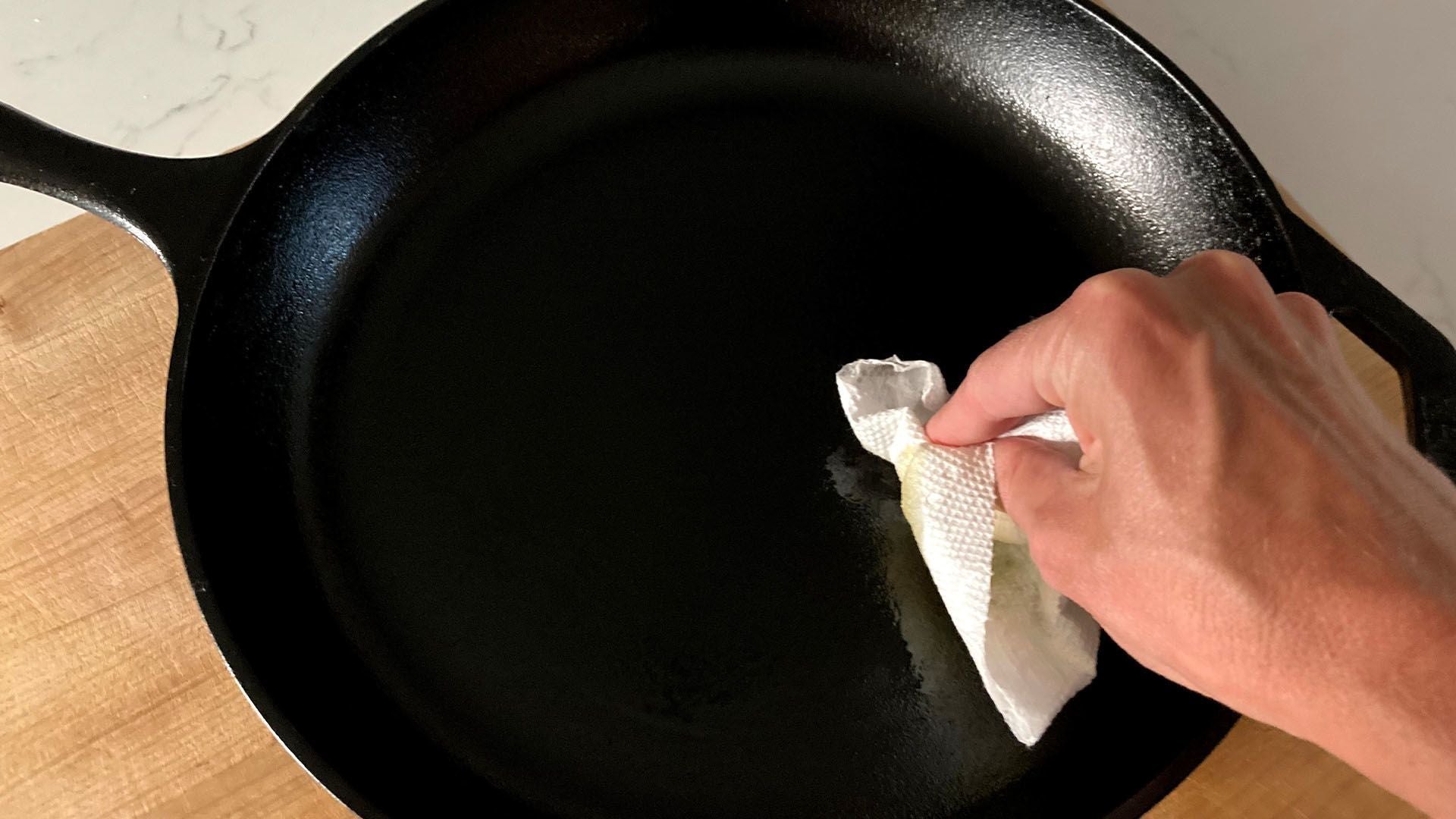
Leave a comment
This site is protected by hCaptcha and the hCaptcha Privacy Policy and Terms of Service apply.